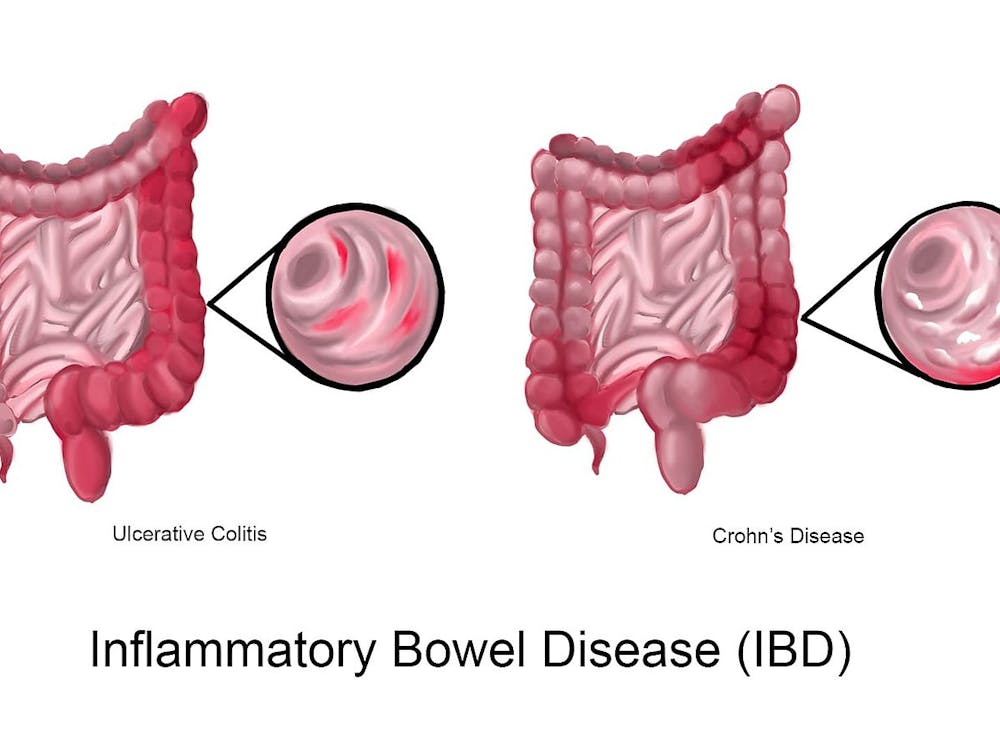With the ability to create anything from toys to guns to shoes, three-dimensional printing has become a major player in today’s market. Recently, a group of researchers from China and the U.S. have taken 3D printing to the medical field, successfully printing cancer cell models. The researchers’ model consists of HeLa cells, the immoral line of cancer cells derived from a patient at the Hopkins Hospital in 1951, printed in a fibrous protein scaffold. This in vitro setup accurately recreates the environment of the cancer cells in vivo and allows researchers to find efficient anti-cancer drugs.
Before the creation of this model, researchers had to rely on 2D tumor representation. Unfortunately, the 2D model did not accurately recreate the physiology of the tumor cell or its surrounding environment. The cells in 3D printing technique exhibit significant advancements, including an increased proliferation rate, enhanced protein expression, and amplified resistance to anti-cancer drugs. Additionally, the 3D printed cancer cells regularly form cellular spheroids. All of these characteristics make the 3D model more representative of the characteristics of cancer cells in vivo.
One of the main concerns with this project was whether the Hela cells could survive the extreme conditions of 3D printing. At the end of the study, the researchers surprisingly found that 90 percent of the 3D printed Hela cells remained viable.
The 3D model and the 2D model were compared through analysis of the cancer cells’ expression of matrix metalloproteinases. Matrix metalloproteinases (MMPs) are extracellular proteins that degrade the fibrous scaffolding around the cells. Cancer cells frequently overexpress these proteins because the space created by the MMPs increases the cell’s free space to grow into, and thus their proliferation rate. The research team found that the 3D printed model outperformed the 2D model in terms of expression accuracy.
As per their basic characteristics, cancer cells frequently overexpress proteins that will allow for rapid growth. In addition to MMPs, cancer cells are shown to over express vascular endothelial growth factor (VEGF). This extracellular protein stimulates the growth of blood vessel around cells in a process called angiogenesis. Because cancer cells grow so rapidly they need access to a greater amount of nutrients and oxygen. Thus, by overexpressing VEGF, cancer cells can pull in the nutrients necessary for growth.
The rapid, uncontrolled growth of these cancer-stimulated blood vessels causes them to develop in such a way that they are full of holes and gaps. Many anticancer drug therapies take advantage of this fact by creating drug nanoparticles small enough to enter these gaps. Once in the gaps, the drugs can efficiently target the tumor site behind the blood vessels. The property by which nano drugs accumulate at tumor sites is referred to as the Enhanced Permeability and Retention effect.
Another growth factor that is overexpressed by cancer cells is the transmembrane protein human epidermal growth factor receptor 2 (HER2). When HER1, HER3 or HER4 receptors bind a ligand they quickly dimerize with a different HER receptor. Dimerization with HER2 begins a chain reaction that results in the generation of a growth signal in the cell. By over expressing HER2 receptors, a cancer cell ensures the dimerization with HER2 and thus the growth of the cell.
The researchers involved in this project hope to study the development, invasion, metastasis and treatment of 3D printed cancer cells from patients.




